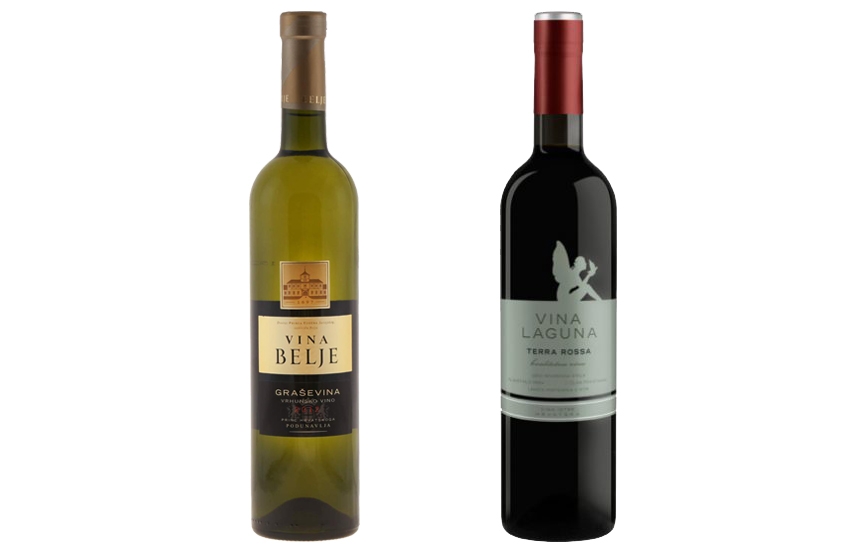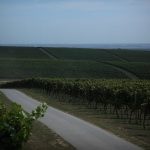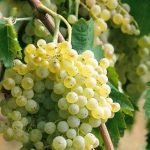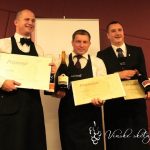“An unusual mix of scents of red pepper, rose petals and black fruit is contained in the red wine from the Istrian peninsula. Relax your palate with it,” states the review of the Terra Rossa 2015 wine by Laguna from Poreč, published on July 1 by The Times from London. “Experienced palates look forward to the coupage of Merlot, Istrian Borgonja and Teran, spiced with red and black fruit and topped with a refreshing and juicy taste,” says the British specialised magazine Decanter of the same wine. It listed Terra Rossa 2015 among the 25 red wines with a price below 25 pounds.
It truly is a fine wine, and as a bottle costs around 35 kunas in domestic shops, sometimes even under 30, it is not surprising that Decanter’s critic Christelle Guibert says it is an exceptionally complex wine for such a low price. While the basic red wine bottle by Laguna gathers good reviews in England, the more expensive ones from the Festigia line win medals in France.
Castello Festigia 2013 and Cabernet Sauvignon Festigia Riserva 2011 won golds at the prestigious competition Les Citadelles du Vin in Bourge on the Gironde River, also running through the famous wine town Bordeaux, while the youthful Castello Festigia 2015 won a silver medal among 1.074 wines from 31 countries. Laguna Wines used to be part of Agrokor and Agrolaguna, the largest Istrian agricultural company, now owned by insurance mogul Dubravko Grgić.
Grgić’s company also owns 13.9 percent of Belje, the largest agricultural company in the eastern region of Baranja. They have 650 hectares of vineyards, a supermodern winery and very good, even excellent wines. Their basic bottle, the quality 2016 Graševina, won a silver in England, at the Decanter rating with 17.200 samples, making it the largest in the world. A silver medal there needs at least 90 points, a gold at other competitions.
“Excellent. Smells of cantaloupe, white pepper, green apple, banana, white peach and lemon peel, and it has soft acids,” described the Decanter reviewers the wine which truly has lovely fruit aromas and freshness.
This Graševina is already on the market, and in a few weeks the superior version is due, made from grapes harvested on two occasions. The earlier harvest was done to gain aroma and freshness, and a months later came the harvest to ensure riper scents and fullness. The wine showed it was only recently bottled and it needed quite a lot of time to open up. But then it showed freshness and fruitiness and fullness. If the quality version is a summer wine, then the superior one is for the Indian Summer, when the heat dies down, but it’s still warm. And fattier fine fish is good company, such as catfish or gilt.
Belje also made a lovely Cabernet Sauvignon form the demanding 2014, a wine which will not be remembered, but will go down fine, and an excellent 2012 Frankovka. It may not be consumed a lot as there isn’t much of it, but whoever does taste it, will remember it.
For the original and more from Vino.hr blog on wine, click here.











